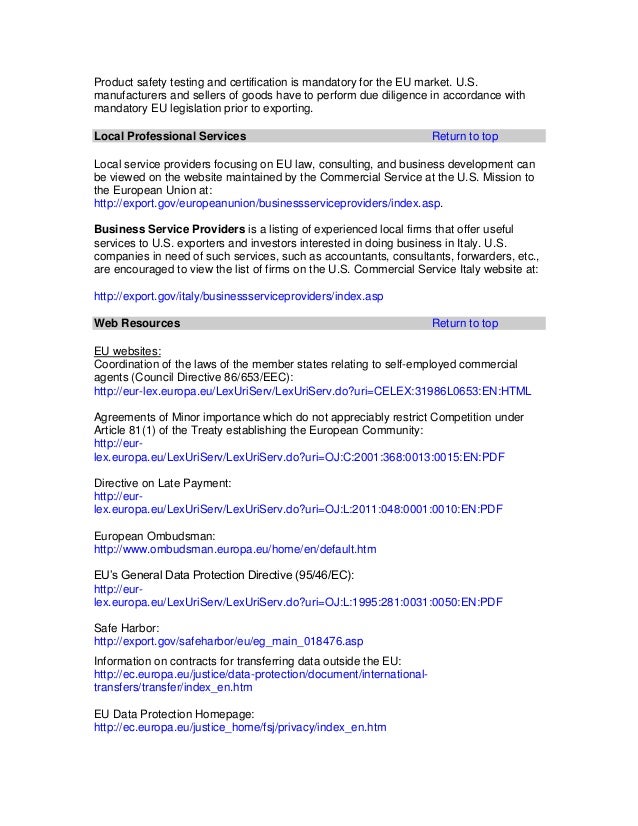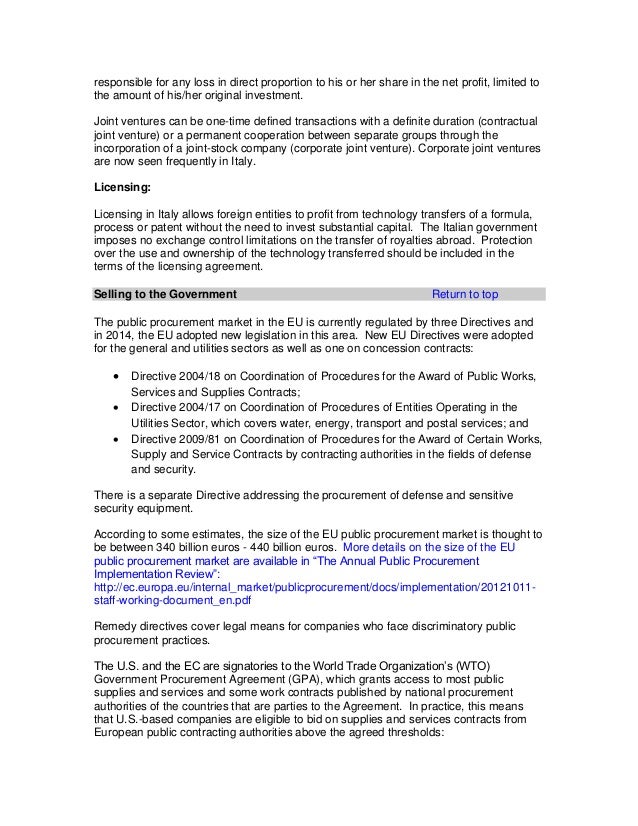Directive 90 496 Cee Pdf Viewer
INTRODUCTION. Batman un deuil dans la famille pdf to word document. These guidelines have been prepared with a view to assist all parties directly or indirectly involved in the application of Directive 73/23/EEC, the 'Low Voltage' Directive. They supersede guidance on the application of that Directive which was given in the Commission's communication of 15 December 1981.They have been drawn up by European Commission services and discussed with a Working Party of Government Experts, representatives of European industry and European standardization bodies. These guidelines reflect the consensus views reached between Commission services and representatives of the Member States in the Working Party.
Readers' attention is drawn to the fact that this Guide is intended only for facilitating the application of the 'Low Voltage' Directive and it is the text of the Directive which is legally binding.This document is not a legally binding interpretation of the Directive. However, it represents a reference for ensuring consistent application of the Directive by all those involved. These guidelines are not exhaustive: they focus on certain issues only, which, in the light of the experience, are of direct and specific interest for the application of the 'Low Voltage' Directive. They are intended to complement the 'Guide to the implementation of Community harmonization directives': published for the first time by the Commission in 1994, as far as issues related in particular to the application of this Directive are concerned.
Numerous studies suggest that there is a strong link between nutrition and health, and that deficient nutrition is a contributing factor to a number of non-communicable diseases such as cancer, diabetes and cardiovascular disease. In the last 20 years, growing concerns in the European Union with the increasing prevalence of these conditions have led the Commission to develop a set of rules regarding food labelling which aimed to provide consumers with the necessary information to make informed decisions about their dietary options.

Directive 90/496/EEC on nutrition labelling for foodstuffs, in place since 1990, has been the key instrument for informing consumers of the nutritional value of products. However, an extensive stakeholder consultation conducted recently by the Commission revealed that there is widespread agreement that the effectiveness of the Directive, and by extension the practice of nutrition labelling, could be much improved. The European Commission (EC) is currently considering a revision of its food nutrition labelling legislation. In this context, the EC DG SANCO commissioned RAND Europe to conduct an assessment of the economic, social and environmental impacts of each of the proposed policy alternatives, paying particular attention to how these alternatives would affect the strategic goals of the Commission and key stakeholders in this process. This report presents the findings from this research. Table of Contents.Chapter OneIntroduction.Chapter TwoNutrition labelling for foodstuffs: current situation and the need for change.Chapter ThreeUnderstanding the stakeholders.Chapter FourDeterminants of the firm’s labelling costs.Chapter FiveVoluntary versus mandatory nutrition labelling.Chapter SixContent of nutrition labels.Chapter SevenEnsuring information is legible.Chapter EightPresentation of label: front or back of pack.Chapter NineComparing the options.Chapter TenMonitoring and evaluation.Chapter ElevenConclusion.Appendix AList of interviewees.Appendix BSurvey results. The research described in this report was prepared for the European Commission and conducted by.This report is part of the RAND Corporation technical report series.
RAND technical reports may include research findings on a specific topic that is limited in scope or intended for a narrow audience; present discussions of the methodology employed in research; provide literature reviews, survey instruments, modeling exercises, guidelines for practitioners and research professionals, and supporting documentation; or deliver preliminary findings. All RAND reports undergo rigorous peer review to ensure that they meet high standards for research quality and objectivity.Permission is given to duplicate this electronic document for personal use only, as long as it is unaltered and complete. Copies may not be duplicated for commercial purposes. Unauthorized posting of RAND PDFs to a non-RAND Web site is prohibited.
Directive 90 496 Cee Pdf Viewer Online

RAND PDFs are protected under copyright law. For information on reprint and linking permissions, please visit the page.The RAND Corporation is a nonprofit institution that helps improve policy and decisionmaking through research and analysis. RAND's publications do not necessarily reflect the opinions of its research clients and sponsors.